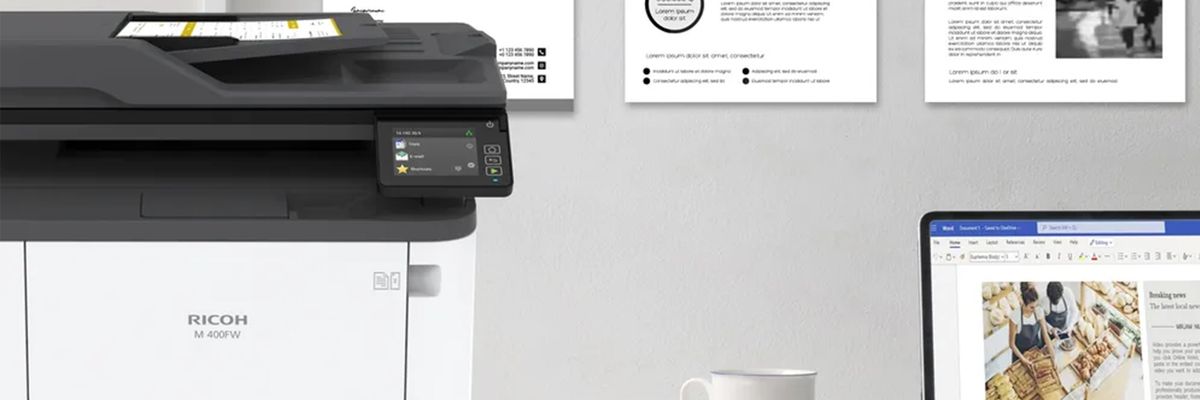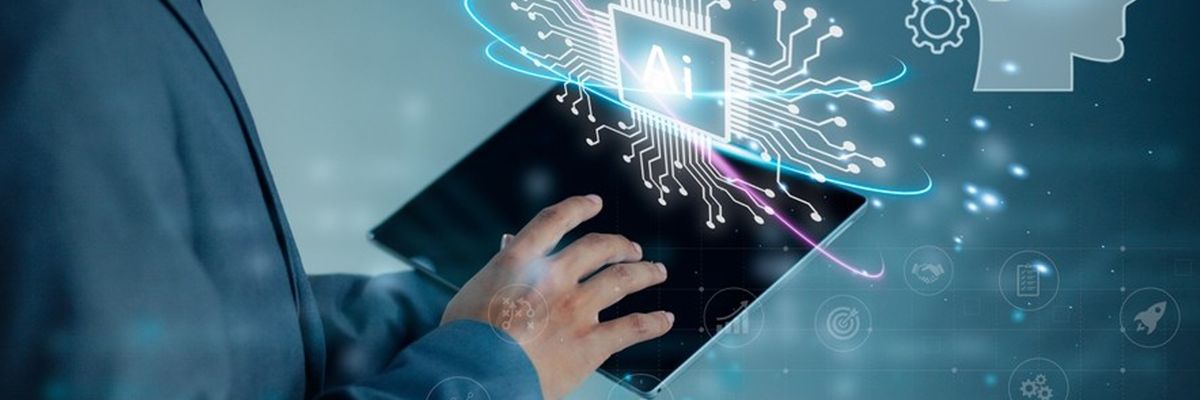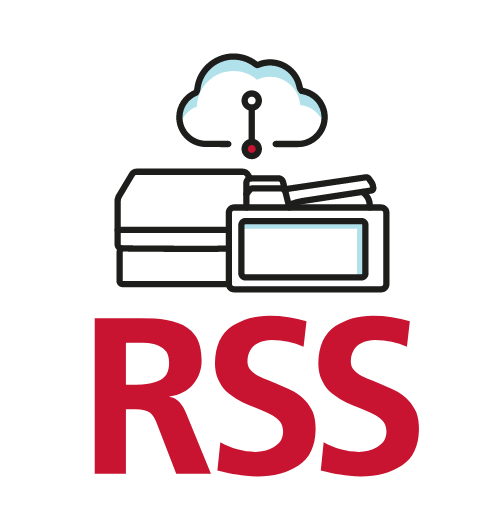
Beyond an upgrade: migrating to Windows 11 as a strategic decision
Por Cristina Santa María, Sr. Manager Business Alliances & Portfolio of Ricoh LATAM
Technology is no longer just a support tool: it is the axis that sustains the competitiveness, security and operational efficiency of any organization. And today, with the end of Windows 10 support scheduled for October 2025, businesses in Latin America face a key inflection point. It's not just about upgrading an operating system, it's about protecting the business, optimizing operations, and taking advantage of a strategic opportunity to modernize your technology infrastructure.
Operating with an unsupported system poses real risks: security vulnerabilities, regulatory breaches, and loss of operational efficiency. To avoid disruptions and unnecessary costs, it's critical to start planning now.
As of December 2024, only 34.9% of organizations globally had made the switch1. The clock is ticking, and the risk increases every day that migration is postponed.
This is not just another change: it is an opportunity
At Ricoh LATAM, we accompany our customers in digital transformation processes that go beyond infrastructure. This migration represents an opportunity to strengthen organizational resilience, modernize work environments, and ensure business continuity. That's why we accompany organizations with expert advice, access to modern devices, flexible financing models, and comprehensive services that ensure a safe, orderly, and frictionless migration.
Why is it key to act now?
- Security: a non-negotiable priority: The increase in cyberattacks is a global constant. When Windows 10 support ends, devices are exposed to vulnerabilities without critical patches or updates. Migrating now means protecting data, reputation, and business continuity.
- Seamless operational efficiency: An unplanned migration can lead to friction. That's why anticipating is key: assessing device compatibility, preparing licenses, and training teams. At Ricoh, we accompany organizations in an orderly transition, aligned with their infrastructure and objectives.
- Paving the way for innovation: Operating system change brings key benefits such as boosting the use of AI, automation, and cloud connectivity. This not only improves productivity, it also strengthens the employer brand and attracts the most innovative talent, who expect to work with updated technology. Adopting these platforms today ensures agility and readiness for tomorrow's challenges.
- Cost management with a strategic vision: Postponing this transition can represent an increase in costs due to extended security patches and lack of support. In addition, outdated systems lead to inefficiencies, bottlenecks, and lost productivity. Planning ahead allows you to optimize your budget, manage training times, and avoid unforeseen expenses.
- Employee experience: the heart of change: Technology is also culture. The change will improve the user experience with a more intuitive interface, increased speed, and new features that elevate daily productivity. Equipping teams with modern tools and training them properly is an investment in their well-being, commitment, and ability to generate value.
The question is no longer whether to migrate, but when and how to do it to get the most value. The time to act is now. With the right approach and support, this transition can become a leap towards a more modern, secure and efficient organization.
1Source: https://computercity.com/software/windows/windows-11-market-share














